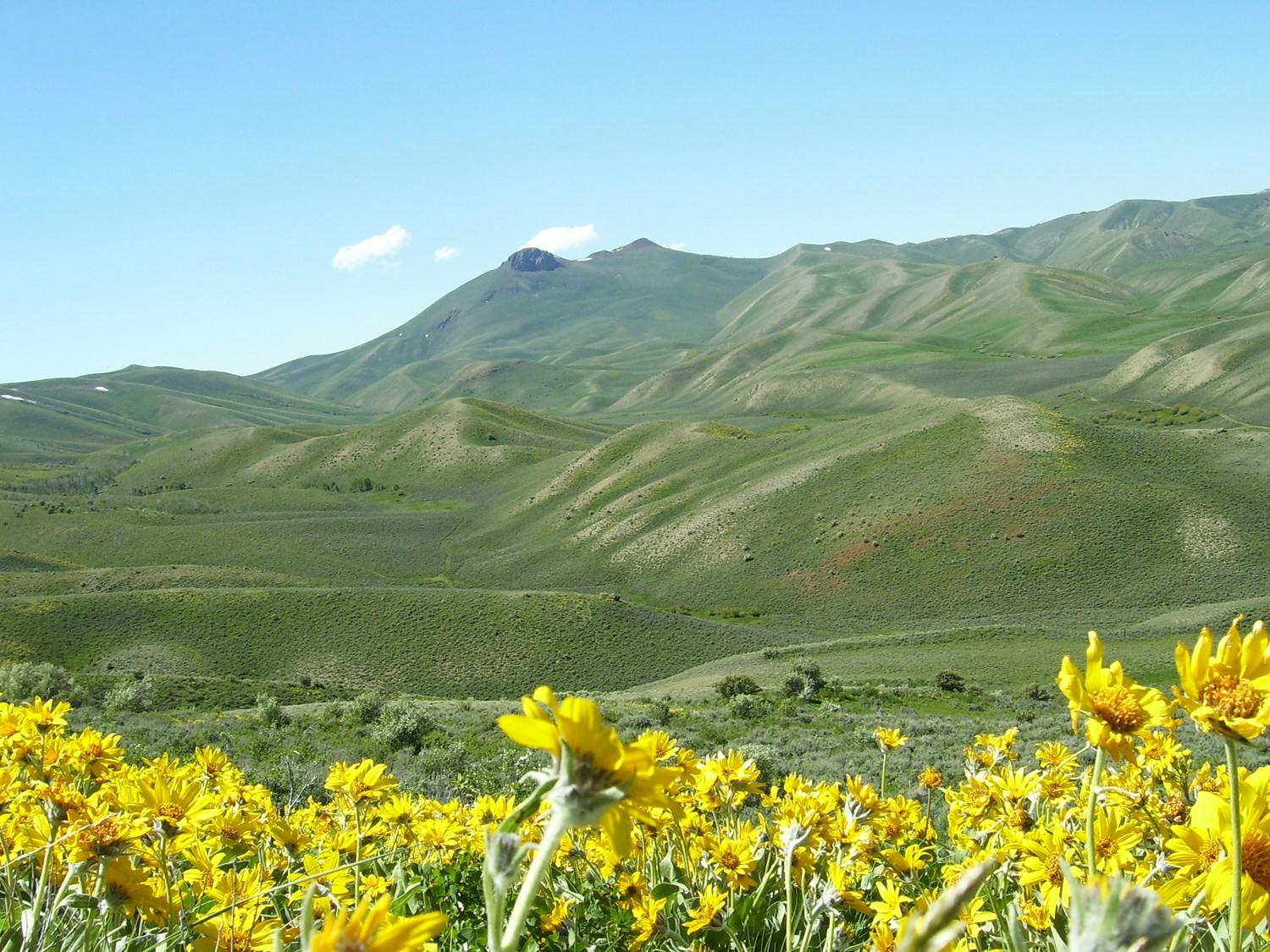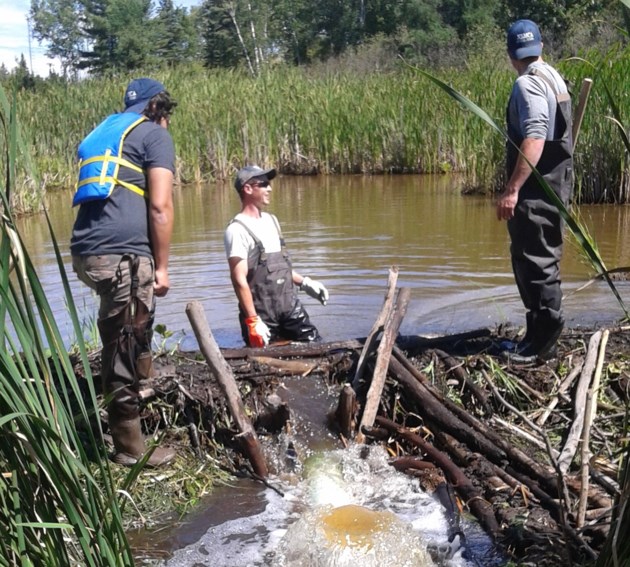Happy Friday! We’re off to Safari West today so I can talk beavers to families after dinner. It’s always a lot of fun, because we get to stay in one of their luxury tents and drink wine on the deck listening to exotic animals or crazy birds making noises there is no word for. On the way back we are stopping at Molly Eckler’s studio in Sebastopol to pick up her donation for the silent auction! In the mean time there is a startling amount of news on this end. I was notified yesterday that we were getting donated tickets to the Oakland Zoo and Academy of Sciences. And Coyote Brush Studios just finished the artwork for our temporary tattoos. (They say Tina is half way done with the Ecosystem poster).
 T
T hey are going to look SO cool on the nature Journals, I had to try a mock up to see. Obviously Tina Curiel is a great talent and with Lindsey Moore managing the business side they make a great team. In the meantime we’re heading to the mountains on Monday week where we will gather a mere 150 8 inch sticks for children to use as the bindings and make each one have ‘beaver chews’ on my father’s grinder.
hey are going to look SO cool on the nature Journals, I had to try a mock up to see. Obviously Tina Curiel is a great talent and with Lindsey Moore managing the business side they make a great team. In the meantime we’re heading to the mountains on Monday week where we will gather a mere 150 8 inch sticks for children to use as the bindings and make each one have ‘beaver chews’ on my father’s grinder.
So I feel full of purpose.
To top it all off we weren’t the only ones irritated by that trapper-fan-fiction article last week. Settle back with a second cup and enjoy.
There’s a reason animal rights groups demonize trappers
Re “On the trap line” by Leila Philip (Opinion, May 5): Of course animal rights people “demonize” trappers. Why shouldn’t they? Methods of controlling beaver damage abound, including beaver deceivers, baffles, and PVC pipes. Philip should pay attention to her own instinctive resistance to the cruelty of trapping; to her, the beaver is a “token of the wild.” Consider the animal that has been trapped: Perhaps the night is icy, and yet he cannot escape. He is in a great deal of pain. He tries to chew off his paw in order to rid himself of the painful trap.
Nothing can be said in favor of trapping other than by people who do not care about the animal’s suffering. That’s why we demonize trappers.
As for the trapper: Who cares if he is “the ultimate locavore,” using the defenseless animal in every possible way? He may be deeply rooted in nature, but of what significance is that when he accepts cruelty?
Virginia Fuller
Nice job, Virginia. When I read a letter like this I, of course, wish it talked less about ‘cruelty’ and more about what removing a beaver is taking away from the community in terms of ecosystem services. Every beaver you trap means a bird that won’t nest there, a trout that won’t survive, a frog that won’t reproduce. That dead beaver carcass is weighted down with ghosts, like Marley’s chains in Scrooge, or like the tin cans on a just married car, expect they make no sound and it’s more like a ‘just buried’ car, instead.
Hmmm, that would be a more complicated graphic to create, but worth thinking about.





 Eric Thacker, Rangeland Management Extension Specialist at USU said, “A beaver dam provides a buffer or mitigation for drought.”
Eric Thacker, Rangeland Management Extension Specialist at USU said, “A beaver dam provides a buffer or mitigation for drought.”








































